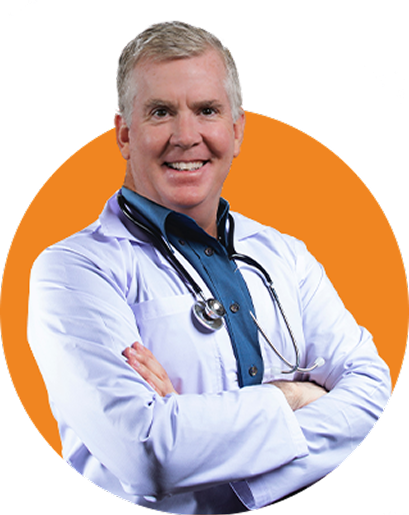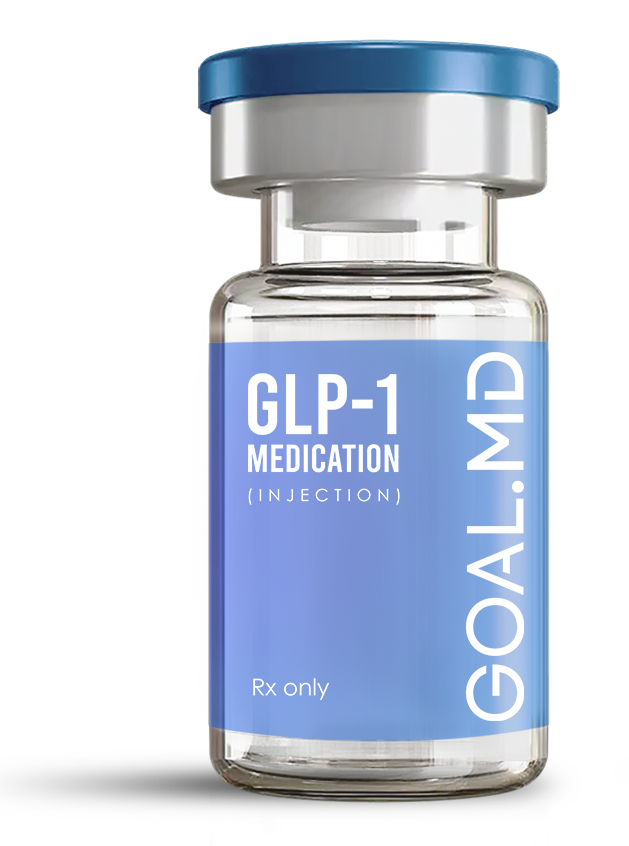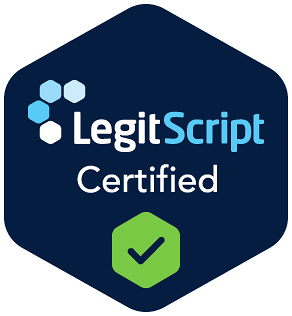
GOAL.MD Health & Wellness Blog
Evidence-based insights, medical weight loss information, and practical tips from our physicians and healthcare experts.

🍽️ Cravings vs. Hunger: Learning the Difference (and Why It Matters)
🧠 Hunger Is Physical. Cravings Are Emotional.
Let’s break it down.
Hunger
Comes on gradually
Felt in the stomach—growling, emptiness, low energy
Any food sounds good
Goes away when you eat enough
Happens every few hours
Craving
Feels sudden or urgent
Felt in the mouth, brain, or imagination—focused on taste or texture
Only one specific food will do
Might still be there even after eating
Can pop up any time, even right after eating
Hunger is your body’s biological signal that it needs fuel. Cravings, on the other hand, are often your brain’s way of seeking comfort, stimulation, or distraction. And if you’ve used food to cope with emotions in the past (which is incredibly common!), those cravings can feel just as strong—if not stronger—than actual hunger.
🧬 What’s Happening in Your Brain?
GLP-1 medications mimic a natural hormone that helps regulate appetite, slow stomach emptying, and signal fullness. This can lead to eating smaller portions and feeling satisfied for longer.
But cravings? They’re more about brain chemistry.
When we eat highly palatable foods—like cookies, chips, or ice cream—our brain releases dopamine, a feel-good chemical linked to reward. If you’ve had a stressful day or feel emotionally drained, your brain might chase that quick dopamine hit, even if your stomach is full.
This is why cravings often feel urgent and hard to ignore. It’s not about willpower—it’s about wiring. And the great news is: you can rewire those patterns with awareness and practice.
🤔 So Why Do We Crave Certain Foods?
Cravings are usually tied to emotions, stress, or habits, not nutritional needs.
Common triggers:
Sugar or carbs when you're tired, stressed, or emotionally drained
Crunchy or salty snacks when you're overwhelmed or anxious
Comfort foods when you're lonely, bored, or in need of distraction
GLP-1s reduce hunger—but they don’t erase emotional eating patterns. That’s why building awareness is so powerful.
🔄 A Real-Life Craving Moment (and What to Do)
Let’s say it’s 9 p.m. You’ve eaten dinner, but you’re standing in front of the pantry thinking about cookies.
Try this:
Pause and take a breath. No judgment—just give yourself a moment of space.
Ask yourself:
Am I actually hungry?
When did I last eat?
What am I really feeling right now?
Choose your next step with intention.
If it’s hunger, grab something nourishing.
If it’s emotion—boredom, stress, or fatigue—try something that shifts your state: a hot shower, your favorite music, a quick walk, or a cozy wind-down routine.
You don’t need to fight the craving. You just need to understand it so you can respond in a way that supports you.
✅ Tips to Navigate Cravings with Confidence
These small shifts make a big difference:
Don’t skip meals. Going too long without eating can make nighttime cravings more intense.
Build balanced meals. Include protein, fiber, and healthy fats to help your body feel satisfied and stabilize your blood sugar.
Prioritize sleep. A tired brain craves sugar and quick energy.
Create a comfort menu. Find a few go-to activities that help soothe you—music, stretching, calling a friend, reading, or simply stepping outside for fresh air.
Hydrate. Sometimes what feels like a craving is actually just dehydration.
You don’t have to “beat” cravings—you just have to meet them with curiosity and care.
💬 Final Thought
Cravings are not your enemy—they’re a signal from your body or mind asking for something. When you learn to pause and check in, you shift from reacting to responding.
And that’s where real change begins.
Small changes = big results.

Why GOAL.MD?
✅ Sourced from audited 503a US compounding pharmacies.
✅ Custom dosages adjusted to your needs.
✅ Free consultation + 24/7 support.

How It Works
1. Quiz
90 seconds. No commitment.
2. Consult
Video chat with your GOAL.MD doctor.
3. Deliver
Meds at your door tomorrow.
Transform Your Life with Physician-Directed Care
Join thousands who've found success with physician-directed care. Take our 3-minute quiz to see if medical weight loss is right for you.







